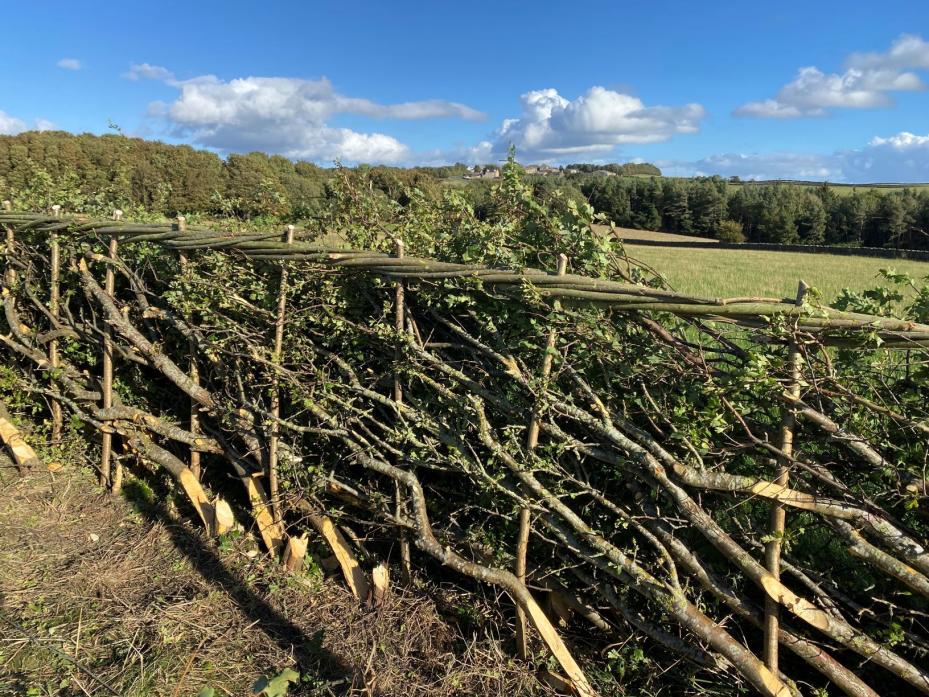
The Government needs to maintain existing levels of protection for hedgerows while also ensuring new ones are created, the Nature Friendly Farming Network (NFFN) says.
The Department for the Environment, Food and Rural Affairs (Defra) is asking for views on how hedgerows should be protected as the Common Agricultural Policy (CAP) is replaced with a domestic agriculture policy in the wake of the leaving the European Union.
It says hedgerows can help store carbon as well as slow soil erosion and water run-off and provide homes for pollinators of food crops and predators which can help control pests.
The NFFN says as an absolute minimum Defra should maintain current levels of protection for hedgerows. They are crucial natural assets and the Government needs to ensure there is a strong programme of monitoring and enforcement so hedgerows can deliver for both farm businesses and nature.
Martin Lines, of NFFN, said: “Hedgerows are part of our countryside’s heritage. It’s a welcome step to see this consultation and we hope it paves a sensible way forward, where hedgerow protections are maintained and subsequently built upon.”
The NFFN has said regulations will not be enough unless there are penalties for damaging practices which will act as a deterrent.
The network wants Defra to consider extending the two-metre buffer zone around existing hedgerows to four metres to prevent ploughing right up to the edges of fields.
The NFFN also says the no cutting period, from March 1 to August 31, should be kept. Red listed endangered birds such as linnets, turtle doves and yellowhammers have all been seen using hedgerows to breed until the end of August.
.Arable farmer Patrick Barker, who featured in the spin-off episode of Sir David Attenborough’s recent series Wild Isles, said: “Defra wants to be looking at local hedgerows and trying where possible to replace the dominant species in a variety of areas, rather than it being a national picture.”
Farmers in the consultation have said that hedges provide benefits, such as flood mitigation, boost biodiversity, provide food, shelter and shade for livestock and for wildlife in winter as well as help prevent soil erosion and aid carbon storage.
Helen Rhodes, an arable farmer in the North East, said: “There needs to be a recognition of the value – and the cost – of maintaining a network of hedges as wildlife corridors around small fields. Mature hedges are seriously undervalued.”
n THERE are two days left to enter a competition to find County Durham’s best hedge-layer. The contest, which is open to spectators, at Woodland Hall Farm, Knitsley, on Friday, October 6, will see competitors demonstrating ancient rural skills.
Durham County Council, which is part of the Durham Hedgerow Partnership, is organising the competition to promote a greater understanding and knowledge of the traditional craft, as well as help bring new and young people into the profession.
Hedgelaying is a country skill and art form, used for hundreds of years to maintain healthy hedgerows in the UK.
It involves partially cutting down young trees so they can lie at an angle while still growing from the base. This allows the hedges to become thicker and healthier than a standard trimmed hedge, making better livestock barriers and creating habitat for wildlife.
To request an entry form, email landscape@durham.
gov.uk or visit durham.
gov.uk/haw





